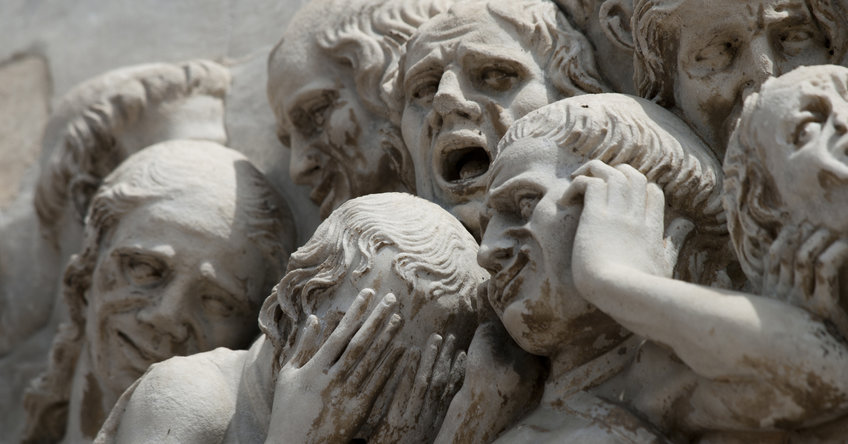
Editorial
by Anja Laukötter
Fear, rage, love, jealously, pain, joy – Feelings are a part of everyday human life. They define our being; they are our motivation and our guides, but also obstacles for our actions. Emotions and their concepts are therefore not static, but are dependent on time and space; they are culturally formed and socially learned. Emotions are historically mutable: they have a history.
For the discipline of history this means that historical phenomena and subjects such as mobilization and implementation of political demonstrations, the marketing of consumer goods, decisions on the stock market, strategies of health education and violence, such as school shootings and colonial conflicts, are being reconsidered from an emotional historical perspective, shedding new light on the historical record.
This portal will not only illustrate that emotions have a history, but also exhibit concrete examples of how the history of emotions can be explored and with which sources, perspectives and methods can be employed.
"Ego-Documents" (such as journals, autobiographies, Memoirs) are an obvious collection of source analysis for the history of emotions. These sources give important information about the emotional self-construction of their authors, but the history of emotions goes further than historical semantics of individual emotional expressions. Therefore, the portal’s goal is to offer insight into how emotions can be historicized within and beyond "Ego-Documents".
The way in which emotions are perceived and depicted is shaped by cultural and social norms, thus so-called advice literature (e.g. on raising children, relationships, sexuality, manners) illuminates the Regime of Feelings and are an important source-corpus of the history of emotions. These texts, regarding normative feelings,extend beyond the nineteenth and twentieth centuries and beyond western traditions, and as such expose both longue-durée and transcultural perspectives. Advice literature exemplifies the process of learning and practicing emotions, despite its normative nature and open questions of how it affects the emotional dispositions of its recipients. In this expanded sense, texts such as Fictional Literatureand Children’s Booksare equally important resources, as they provide knowledge on how specific situations are emotionally experienced. In this way, these sources can open a new perspective of questions such as explaining certain generational conflicts or the redefinition of the self.
Beyond this practical guide for emotions, one can focus on (everyday) situations, which likewise presuppose a specific working of an emotion. The particular emotional states of, for example, a museum visitor, a newly elected prime minister, a wedding pair or a group of mourners, can all be normatively assumed. A look into emotional practices offers a variety of sources appropriate to each focus, ranging from spatial architecture, dress regulations, collective rituals, job descriptions and party platforms. These sources offer answers to questions of feelings specifically bound to the spatial; i.e. if distinct feelings are felt only in large cities or in the country, in the theater or in the living room.
Yet another important source collection is contained under the collective term media, such as exhibitions, radio, photography, film, television and the internet. These various media formats, regardless of the specific technology (and fate of technological deterioration), are common representations of emotion. But media does not only represent emotion, it also produces it, having intended or unintended effects on the emotional state of the reader, visitor, viewer or listener. Advertising in Television, political posters,health campaigns, or Bollywood films are, for this purpose, clear examples. Through these emotional dimensions media can influence and shape public discourse. For example, the picture of a young naked Vietnamese girl in the 1970s, became, and still is, the worldwide iconic visual representation of a napalm attack. As with music or theater performances, media can also foster the formative processes of emotional communities in a concert, opera, theater or cinema. In this case, sources such as press reports, fan reviews or political statements concerning "scandals" or boycotts aid in adding a new dimension to questions like: What role does media play in the legitimizing and stabilization of political power relations.
These examples give only a cursory overview of source material for the history of emotions. An elaboration of questions, such as how these resources can best be used for the history of emotions, are contained on this site.
Content-related questions and analytical and methodological perspectives in the history of emotions will be illustrated by short contributions discussing specialized sources. These texts are invitations to "Doing History of Emotions" yourselves!